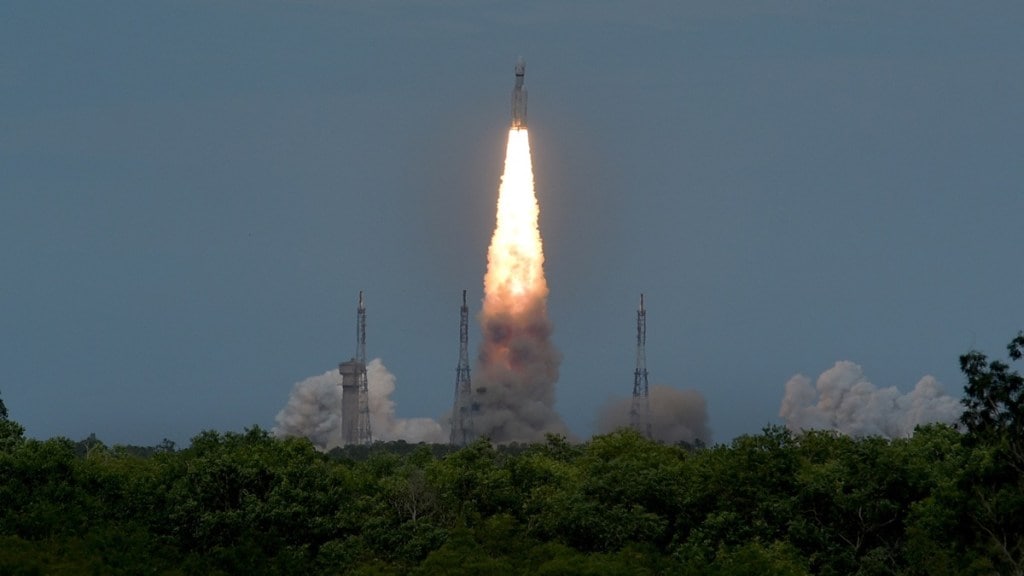In a significant stride in India’s space endeavors, Dr. Jitendra Singh, Union Minister of State (Independent Charge) Science & Technology, on Friday highlighted the far-reaching implications of the Chandrayaan-3 mission’s findings.
Singh addressed the media following a historic achievement in the Chandrayaan-3 mission, where the “Vikram” lander module, carrying the Pragyan rover, successfully detached from the propulsion module, marking another milestone in its lunar journey. He pointed out that while the United States and the former Soviet Union had embarked on their space journeys long before India, it was Chandrayaan that captivated the world with images of water on the Moon’s surface, sparking scientific curiosity.
The minister noted that India is poised to become the fourth country in the world to achieve this feat, following the United States, Russia, and China. Notably, India will be the sole country to achieve a lunar landing at the South Pole.
With the mission designed for a safe landing on August 23, 2023, between 5:30 to 6:00 PM, Singh acknowledged the world’s keen interest in Chandrayaan-3 and emphasized the anticipation surrounding its outcome.
Chandrayaan-3 mission and what lies ahead?
Chandrayaan-3, as Singh highlighted, is a follow-on mission to Chandrayaan-2, aiming to demonstrate India’s capabilities in soft lunar landings and surface roving. The mission’s complex trajectory to enter the Moon’s orbit has been executed with precision. Once Chandrayaan-3 successfully lands on the lunar surface, the rover, equipped with six wheels, is expected to operate for 14 days, capturing vital images using multiple cameras.
Singh credited Prime Minister Narendra Modi for fostering an environment conducive to space exploration and for pioneering groundbreaking decisions, such as opening up the space sector for public-private partnerships (PPP). He projected that, based on the current growth trajectory, India’s space sector could evolve into a 1 trillion US Dollar economy in the near future.
Chandrayaan-3: Primary Objectives
Elaborating further, Singh outlined the primary objectives of the Chandrayaan-3 mission: to demonstrate safe and soft lunar landing, rover mobility on the Moon’s surface, and the execution of in-situ scientific experiments.
Singh recounted the significant achievement of Chandrayaan-1, the first mission in the series, which discovered water on the Moon’s surface, captivating the world’s premier space agencies like NASA. Chandrayaan-3, he affirmed, would take these discoveries to the next level, utilizing the ISRO-developed Launch Vehicle Mark-3 for its launch.
The mission was launched on July 14, 2023, via the GSLV Mark 3 (LVM 3) heavy-lift launch vehicle from the Satish Dhawan Space Centre in Andhra Pradesh’s Sriharikota at 2:35 PM, successfully sending Chandrayaan-3 into orbit.

